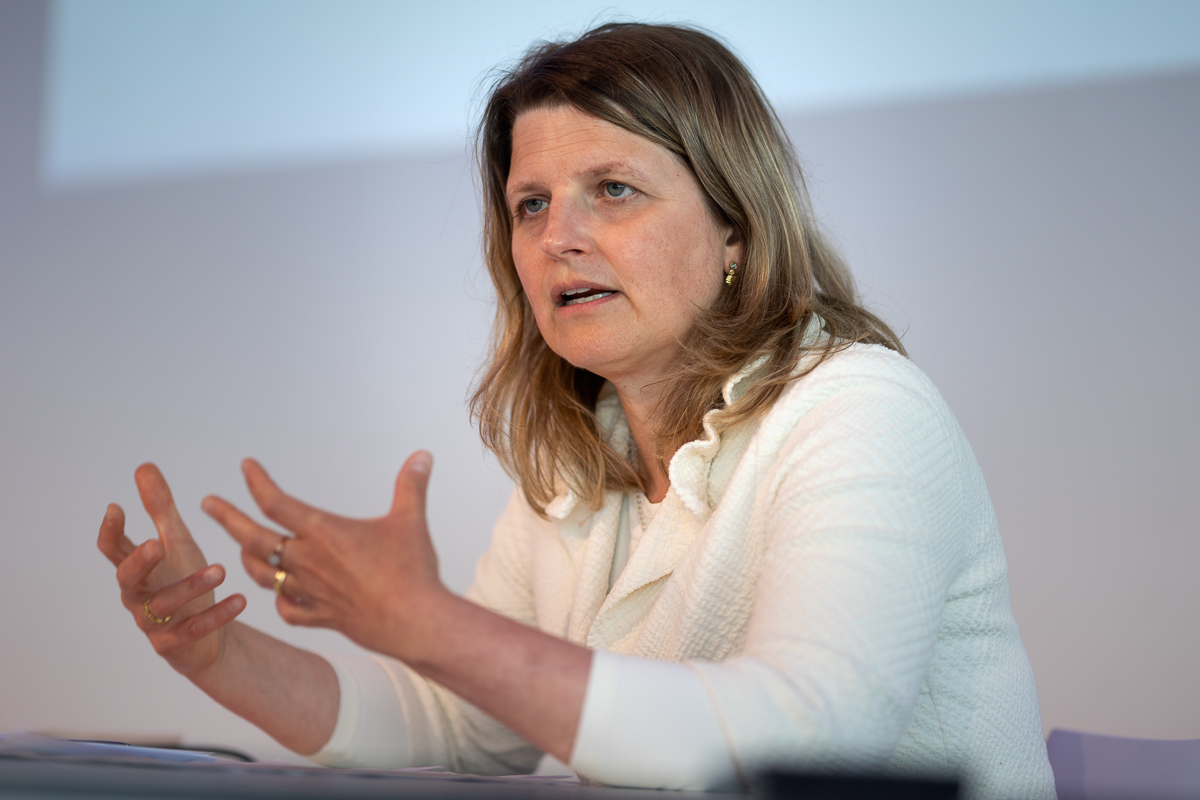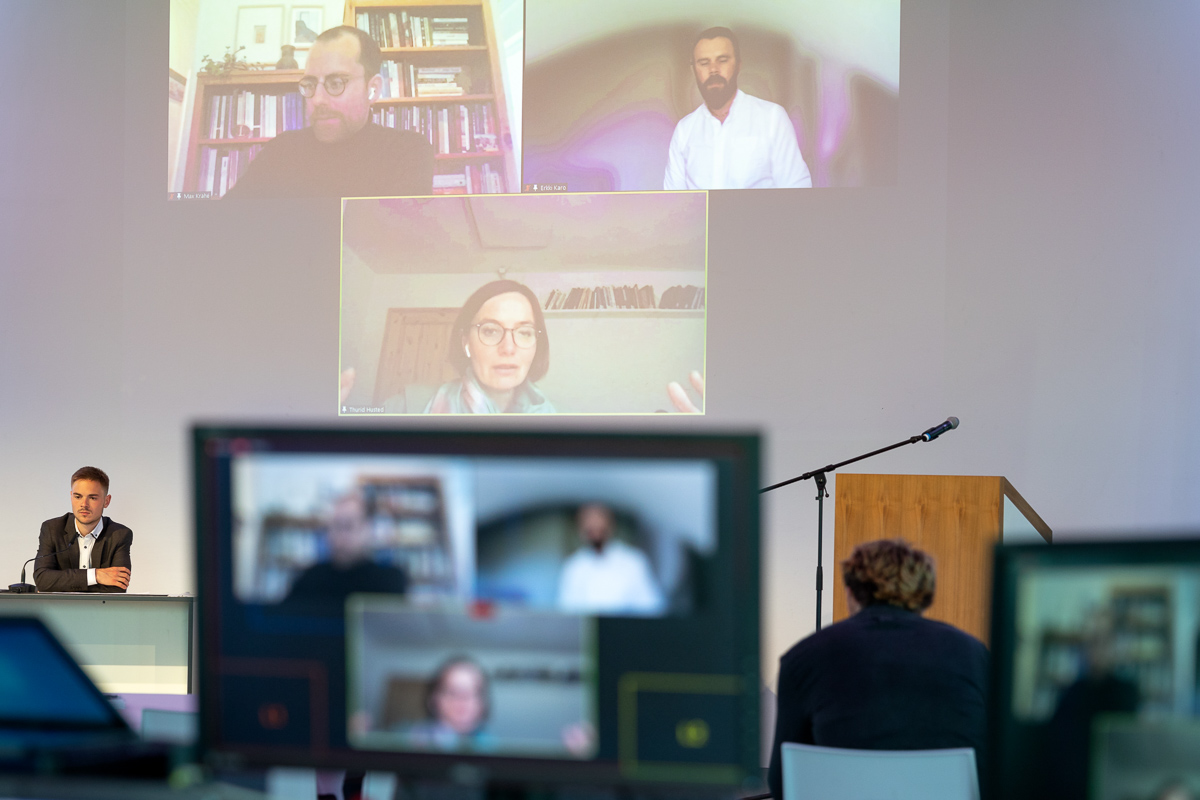THE STATE
How to Make the State Better
Fritzi Köhle-Geib, Max Krahé, Thurid Hustedt, and Erkki Karo on how to re-design a modern and pro-active state.
BY
DAVID KLÄFFLINGPUBLISHED
7. JUNE 2022READING TIME
5 MINAnother topic that is closely related to the question of how to define when governments should take over from markets is the quality dimension of state action. How can we make the state better? If a modern and pro-active state needs to take over tasks, markets cannot deliver (anymore), it needs to be able to do so.
This subject was discussed in the third session of our X New Paradigm Workshop by Thurid Hustedt, Erkki Karo, Fritzi Köhle-Geib, and Max Krahé. The panel discussion brought together diverse perspectives, allowing for a multidimensional view on how to make the state better.
Thurid Hustedt (Prof. of Public Administration at the Hertie School) kicked off the session through a public administration lens, talking on the state of thinking about public administration and its historical evolution. Whereas in the 1990s the Lean State pushing for privatisation was the predominant paradigm, and in the 2000s the Activating State was advocated, since the 2010s a new way of thinking about the state was established: Public Sector Innovation. According to Hustedt, innovation has become especially relevant in light of “wicked problem” policy makers are facing today.
In his talk, Erkki Karo (Director of the Ragnar Nurkse Department of Innovation and Governance at Tallin University of Technology) suggested that public administration has even further evolved. Public Sector Innovation is not understood as private-public partnerships trying to solve problems efficiently, but more as a means to an end to reach societal goals.
Narratives around innovation and the role of the state are changing even further. Within this context, innovation is also shifting from being something of a technocratic term into a very political term.
States are not just tackling market failures anymore, but are creating and giving directions to markets. And because innovation is intertwined with politics, different political contexts and political legitimacy become crucial for public administration questions.
Fritzi Köhler-Geib (Chief Economist at KfW Group) talked about the KfW as an example of an instrument used by the state to improve market outcomes and to enhance innovation in fields such as digitisation, green transition, or education. One advantage of the KfW-model is the possibility to massively leverage private capital with low public costs.
One dimension of good state action are its investment decisions and their evaluation. In the context of the state’s role in the green transition, Max Krahé (Co-founder of Dezernat Zukunft) in the last presentation of this session covered the question of how to identify sustainable investments. Because sustainability is a property of systems and not of projects, it should also be identified on that level. Hence, scenario analyses with sectoral plans are better suited as evaluation tool than the classical cost and benefit analysis.



